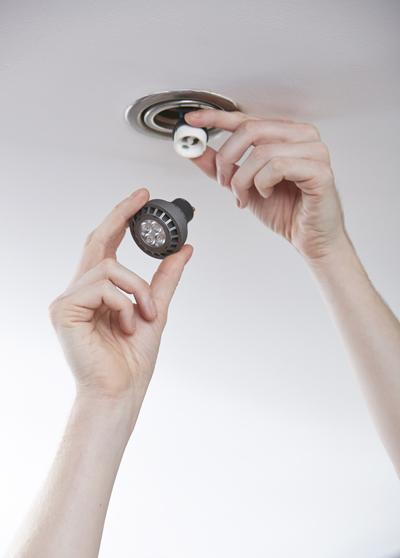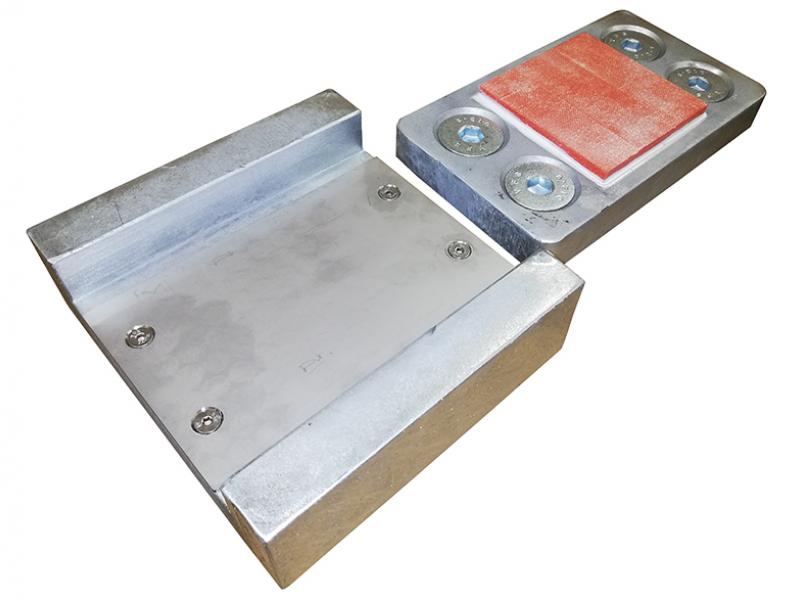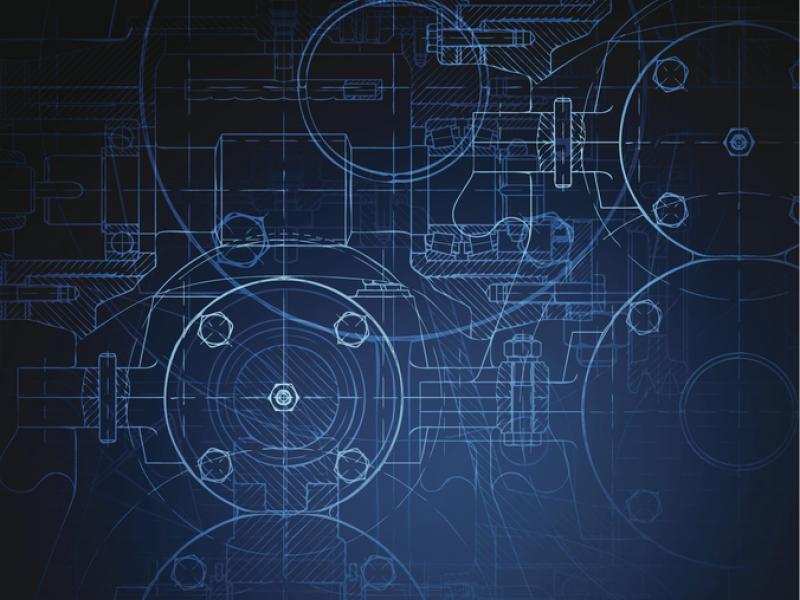While LED, or light emitting diode, technology has been around for 90 years, only within the last decade has the technology become cost effective and able to produce the brighter and whiter light necessary for the home market.
Still, it is an investment that pays off over time, with its higher initial cost compared to incandescent bulbs being offset by significant operating cost savings and a longer life span.
Change has been dramatic in the last year, with LED moving from an alternative in lighting to making incandescent lighting obsolete. The speed with which this has occurred has left many consumers unaware of the differences and confused by the seemingly endless options that LEDs provide. If you find yourself in a position to advise end users, then here are a few insights to help you.
First, bulbs are no longer bulbs in the traditional sense. LED lights typically contain one watt light emitting diodes chips combined on a reflective surface.
A seven watt LED bulb/light will have seven diodes and a 12 watt will have a dozen. In contrast to conventional light bulbs, the diode chips have lifespans longer than most household appliances. They are typically rated to last 20,000 to 100,000 hours.
The most common threat to a long life is excessive heat build up, as the diodes are more sensitive to heat.
When shopping for bulbs, most consumers are probably accustomed to looking for watts as an indication of how bright the bulb will be.
This assumption does not apply for LEDs. Wattage is a measure of power usage. While we have grown accustomed to this power usage directly correlating to the brightness of the bulbs people buy, the efficiency of LEDs in creating light can vary significantly. The new measure of comparison is ‘lumens’.
All LED bulbs use far less power than conventional bulbs, but the comparable brightness of an LED bulb to a 60-watt incandescent can vary from seven to 12 watts. Hence, lumens is a better guide. In terms most consumers are used to, a 40 watt incandescent bulb produces 400 lumens, a 60 watt bulb produces 800 lumens, a 75 watt produces 1,100 lumens and a 100 watt produces 1,600 lumens.
One indeterminate in comparison of incandescent with LED might include the efficiency by which the light fixture reflects light into the room.
LEDs offer a wide array of choices in the light colour they produce. For home lighting, the options commonly range from ‘warm white’ to ‘cool white’ and are measured on the Kelvin scale.
The incandescent lighting to which we are accustomed to is at the lower end of the Kelvin scale, in the 2,700 to 3,500K range. The lower the number, the warmer (yellower) the light is. In contrast, the cooler (bluer) light, similar to the fluorescent lighting common in commercial offices, falls in the upper range, between 6000 and 6,500K.
At NZ LED we understand that many consumers select the light colour depending upon personal preference or the application, with cooler lights common in work areas of the home such as garages and kitchens where a more visible lighting is advantageous, and the more comfortable, warmer lights selected for lounges and bedrooms.
LEDs have another difference with incandescent and that is when it comes to dimming. Because of their circuitry, LEDs are commonly not compatible with dimming switches. Paying more for a compatible LED driver, and sometimes also changing the dimming switches, is required.
Without the appropriate circuitry, your LED bulb or light will flicker or not work at all. Simply ensure the LED you buy is engineered to be dimmed if that is your requirement.
Feature supplied by Vince Seimer of www.NZLED.co.nz






